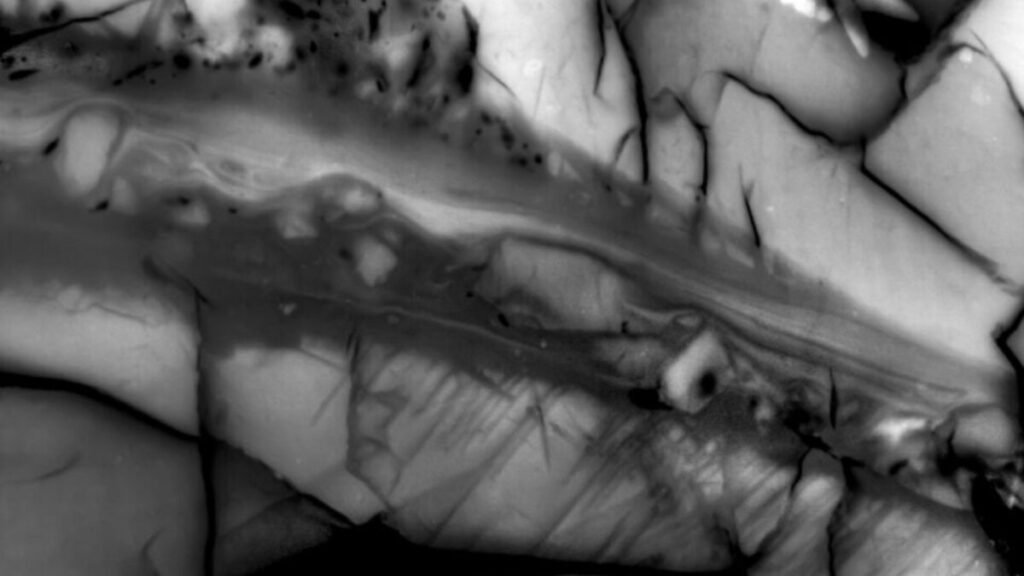About 90% of an earthquake’s energy behaves differently than commonly thought

Earthquakes: Unveiling the Hidden Energy
A recent experiment sheds light on the true destructive potential of earthquakes, revealing that what we see on the surface is just a fraction of the energy they unleash. Researchers created “laboratory earthquakes” to mimic natural seismic events, allowing them to analyze the energy distribution in detail.
Only about 10% of an earthquake’s energy is responsible for the physical tremors we feel, while the majority – between 68 and 98% – is absorbed as heat around the earthquake’s epicenter. Less than 1% of the energy is used to break rock and create new surfaces. These findings provide valuable insights for improving earthquake models and enhancing natural risk mitigation strategies.
Simulating Real-Life Earthquakes
To conduct the experiment, researchers used granite samples to replicate the seismogenic layer where earthquakes originate. By grinding the granite into powder and adding magnetic particles as temperature markers, they recreated the conditions leading up to an earthquake. The changes in the rock layers allowed them to analyze the energy dynamics of each laboratory earthquake.
Scaling Up to Real Earthquakes
While the experiment simplifies the complex nature of real earthquakes, researchers believe it reflects the fundamental physics underlying seismic events. By studying laboratory earthquakes, they aim to overcome the limitations of current seismological tools and provide insights for creating more accurate earthquake models. Ultimately, the goal is to understand the underlying processes and apply this knowledge to enhance earthquake preparedness efforts.






